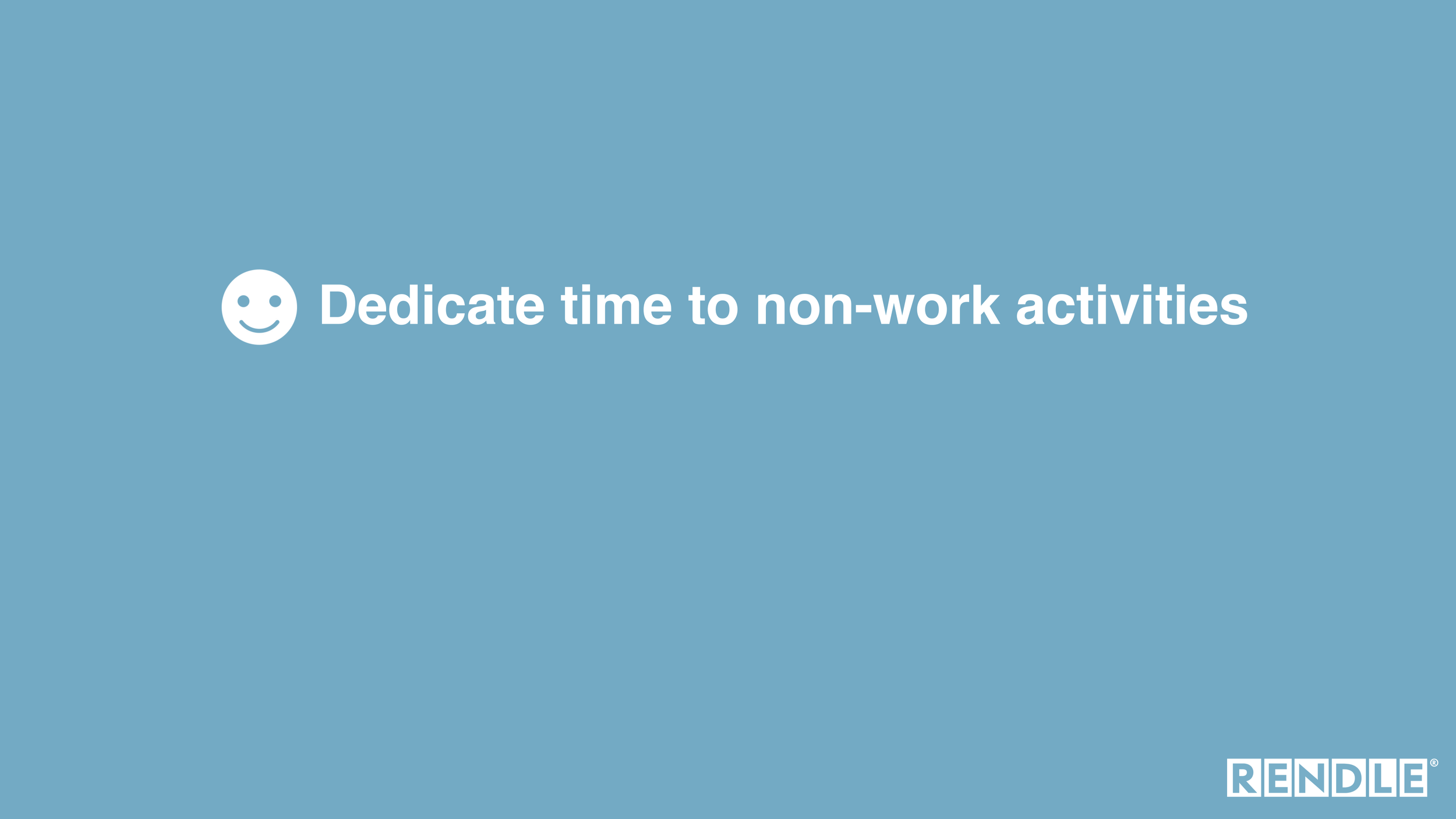How to make this happen in 6 steps:
💡 DEDICATE TIME TO NON-WORK ACTIVITIES EVERY DAY
Introduction: What are meaningful activities?
Meaningful activities are activities that should take your mind off work and other obligations. They may involve some knowledge, a skill or a physical movement. And most often they give you a sense of accomplishment. Watching TV, surfing the internet or drinking alcohol are NOT considered meaningful activities. Wouldn’t it be wonderful to spend more time on a non-work activity you find important? Doing this regularly will boost your happiness.
STEP 1: 🔎 ANALYZE YOUR WEEKLY ROUTINE
Think about the activities that are really important to you and write them down. If you can’t think of any activities of the top of your head, then look at the examples listed below for some inspiration. Examples are:
- Playing a musical instrument
- Reading a book
- Learning a new language
- Walking in nature
- Playing chess with your family or friends
- Birdwatching and/or hiking
- Exercising
- Photography
- Cooking and trying out new recipes
(This video provides an overview of the 6 steps displayed on this page)
STEP 2: 🚧 IDENTIFY OBSTACLES
The main obstacle people face is the belief they do not have enough time for non-work activities. However, with proper time management and prioritization, there is almost always enough space in our day for something. After all, people nowadays find plenty of time for social media, TV and video games. In fact, the average person spends 35 hours a week watching TV alone. Cutting your non-work screen time by 20% would free up an hour per day for a more meaningful activity. So make a plan to try and avoid watching TV or using social media until after you have spent time on your chosen meaningful activity
STEP 3: ✏️ HOW YOU CAN MODIFY YOUR EXISTING ROUTINE TO MAKE YOUR HABIT HAPPEN
Plan in advance and reserve a time in your calendar. View it as you would any other important event such as a doctor’s appointment or a business meeting.
💡 Practical tip: How much time should you dedicate?
How much time you are able to dedicate varies from person to person. It can be as little as 5 or 10 minutes a day. If playing an instrument interests you, you could start with playing for 5 minutes per day and build things up gradually. You will be surprised how much progress you can make with small time commitments and how much time you can devote to the activity.
STEP 4: 👶🏼 START OUT SMALL, OR BETTER YET START OUT “VERY SMALL”
Starting out with baby steps will help you ease into the process, improving the chances of success. For example, 5 minutes of learning a new language per day is feasible. So is reading 5 pages in a book. Over time you can build these habits up, just start small and increase gradually.
NB: Activities such as hiking are not things you can do in 5 or 10 minutes. These are harder to include in your routine, so they may require an appointment at more specific times each week or month. If you can, do these activities with a close friend.
STEP 5: ⏰ FIND A TRIGGER
Find a good “trigger” to kick off the new habit. A trigger is a cue that will serve as a reminder to perform the new habit. Test the trigger. A good trigger (or prompt) will help you embed your new activity into your routine. If you are forgetting to do your new activity regularly, you need to identify a better trigger.
Examples of a trigger:
After I have washed the dishes, I will edit 10 photographs I have taken
When I turn off my phone after dinner, I will read my book for 15 minutes
After I put the kids to bed, I will spend 10 minutes learning a language
STEP 6: 🎈 CELEBRATE SUCCESS TO MAKE YOUR HABIT STICK
Celebrate success every single time you complete your new habit. It will help the habit stick. The celebration is a positive emotion. Our brains like the positive reinforcement and many celebrations over time make it more likely our new habits become part of our automatic behavior. Celebrations can vary from person to person, so find one that works for you. Here are some examples:
💪 Tell yourself “good work” after you played your musical instrument
🙂 Smile and give yourself a thumbs-up after you have studied your new language
🎻 Imagine you hear your favorite song. Sing or hum along to it while you’re exercising
What if you fall off the wagon?
If you notice you missed your objective, don’t beat yourself up about it, just try to get back on track the next day. Some habits may take a bit longer to stick, but if you feel you’re falling off the wagon quite frequently, then revisit these 7 steps. You will probably discover new obstacles. If you don’t discover new obstacles, it might be a sign you need to start out smaller. Trial and error is part of finding a routine that works for you.
Additional helpful resources: Tiny Habits, BJ Fogg, PhD
If you experience difficulties with implementing these 6 steps into your daily routine, or if you would like more information about habit formation, we encourage you to read “Tiny Habits” by BJ Fogg. BJ developed the Tiny Habits Method to help people build habits in a sustainable manner.


